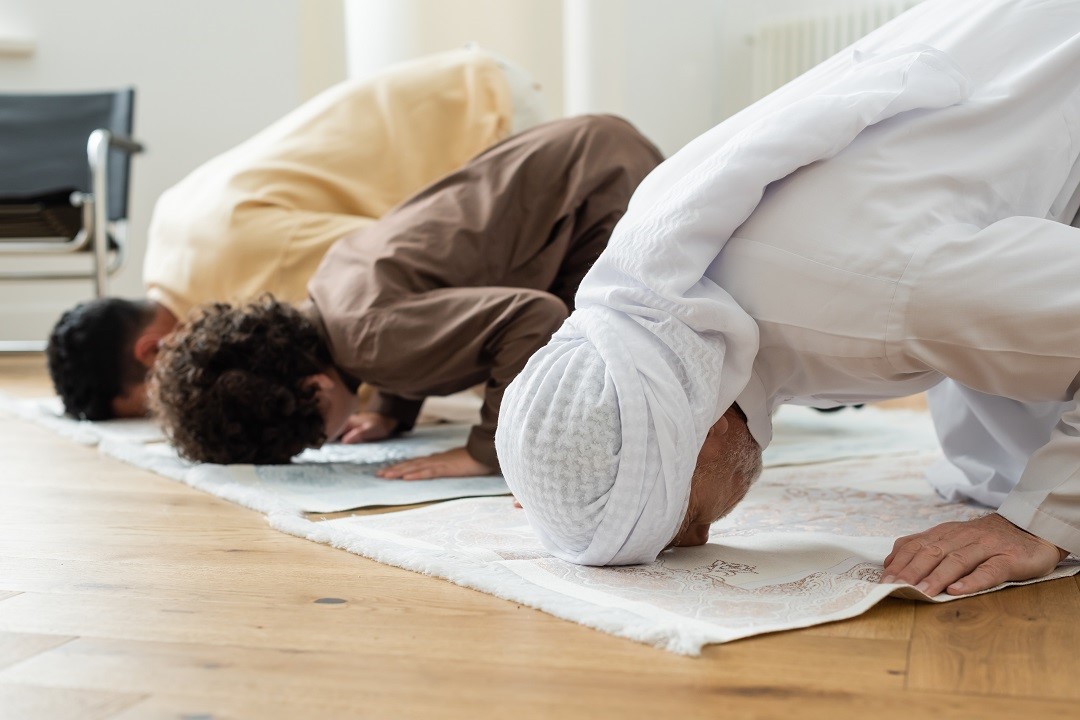
One of the most rewarding benefits of fasting during the Holy Month is how it can help detox your body for good while improving your health, boosting weight loss, and cleansing your overall body functions.
While fasting can have numerous benefits, you may experience back pain during this process, as it can make tough demands on your body, especially when you ignore hydration, or feel constant pressure on your joints while bending or catching less sleep.
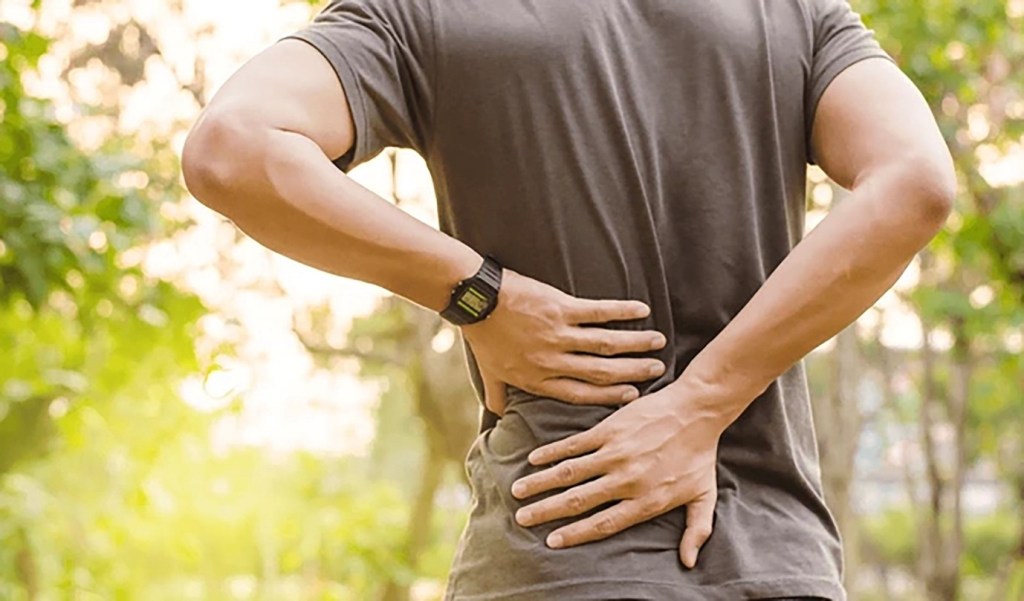
Back pain is a common issue faced by many people in the UAE and ranks first among work-related health problems also featuring among the most common causes of ‘long term leaves’.
It is often the result of levels of stress accumulated over the years by repetitive and inappropriate gestures and positions.
Back pain symptoms
- If the pain increases in intensity instead of staying stable or decreasing.
- If the pain worsens at night time.
- If the pain initially begins in the lower back and later spreads to one of the two legs.
- If there’s an aggrevation of the symptoms, the patient would have to consult an orthopaedician immediately.
Causes of back pain while fasting
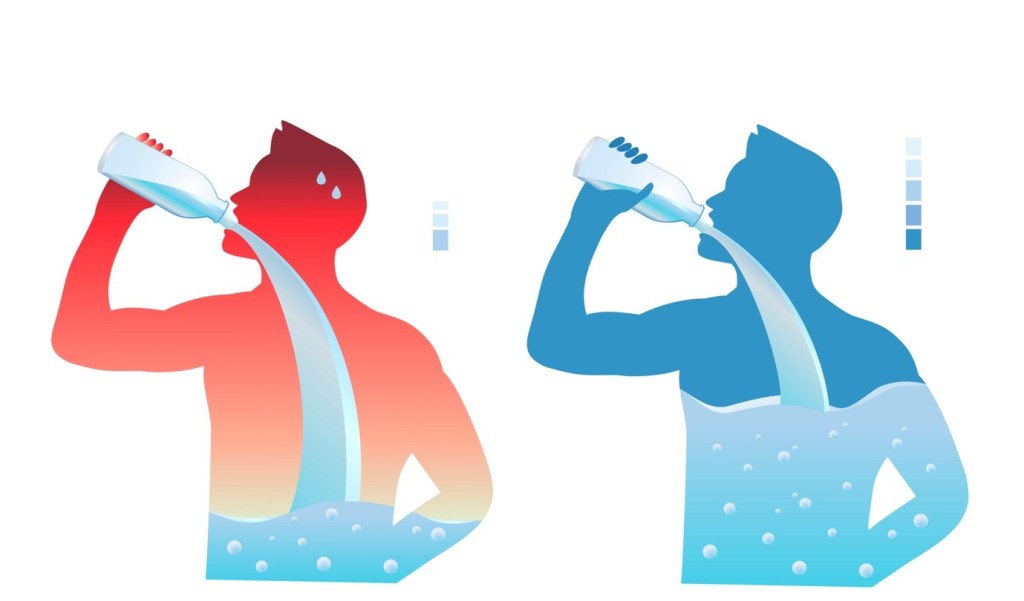
Weakening of the Core Muscles
One of the key demands that fasting can make on your body is that it makes you consume lesser quantities of nutrients and calories, which your body would essentially otherwise require, more of which you can read here. The reaction this causes is muscle loss and a weakening of your ‘core muscles’.
This weakened muscle core can put an additional strain on your back muscles, leading to back pain. That’s why it’s key to follow and practice exercises that can strengthen your core muscles such as planks, push-ups, abdominal crunches and the occasional 20-minute stretch and walk, to avoid the strain and stress on your back.
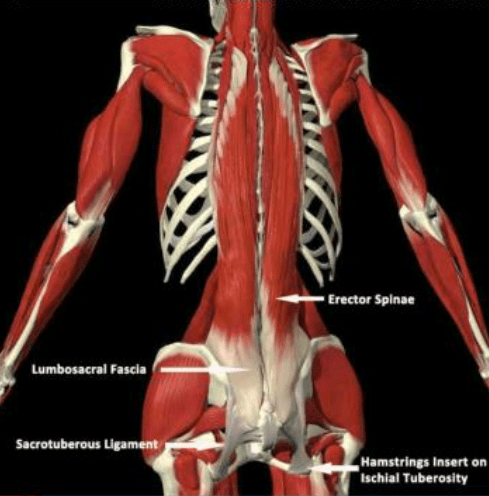

Nutritional deficiencies
An unbalanced diet which normally happens during fasting, can result in you missing out on essential nutrients and required proteins through the day, which in turn can cause back pain. You can read more about this in our blog on choosing the right diet during Ramadan and for all the other months of the year.
Nutrients like calcium, magnesium, and Vitamin D are what work together to ensure healthy bones and muscles, found in certain dairy items, leafy greens, fruits, nuts and fatty fish. They help prevent deficiencies that reduce the risk of back pain.
Poor postures cause weak spinal support
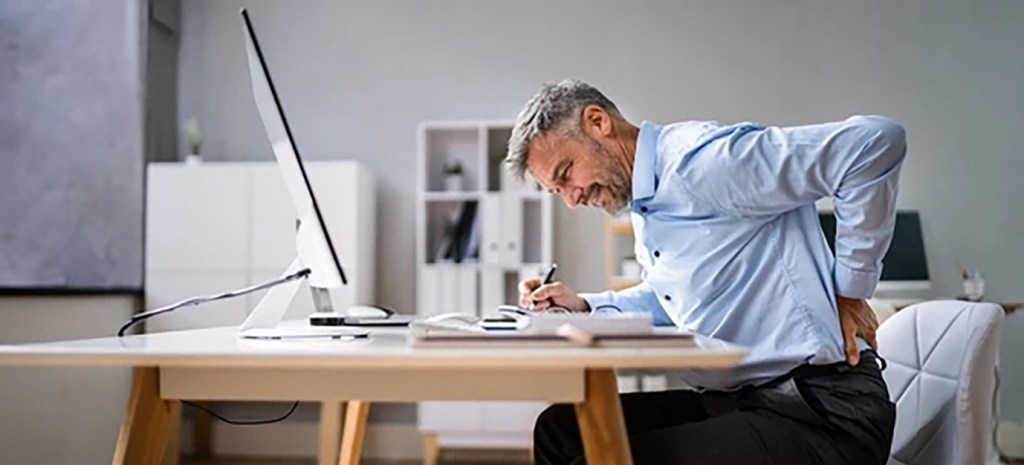
During longer and more intense fasting periods or while bending and standing several times, you should take care to avoid overexertion when you feel even the slightest pain.
Overall fatigue and tiredness coupled with a poor posture and improper spinal support can increase the severity of back pain, especially when you are at work and sitting on a poorly designed office chair.
For one, it can affect the ‘disc’ on your back which when compared to a well-inflated tire, dampens and absorbs the various pressure variations and allows movement when bending or tuning, all made possible by the elasticity at the core.
It simply means that you need to be mindful of good posture techniques, while following proper ergonomics when sitting or working in your office chair with your laptop. Engaging in regular stretch exercises every 20 minutes at intervals can also help improve your posture and minimize the risk of back pain.
Mental stress and tension
Fasting can be mentally and emotionally demanding and draining, while raising your levels of stress. Add to that, the balance of regular work responsibilities and deadlines, and domestic errands for the weekend at home.
It can all add up to stress and tension that can manifest itself physically, causing muscle tightness and discomfort in your lower back.
Stress-relieving practices such as meditation and Yoga, deep breathing exercises, or listening to soothing Zen music that provide calm and relaxation can help prevent back pain.
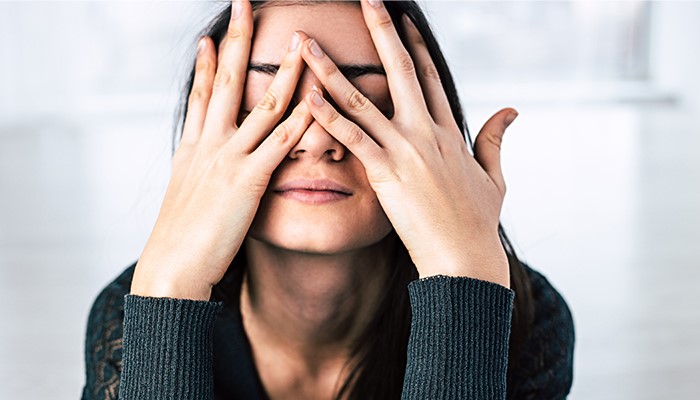
How to relieve back pain
A large part of back pain, apart from scarce levels of sleep during the fasting season also depends on poor sleeping postures.
The importance of sleeping on a medium-firm mattress is key especially if you have chronic back pain. Our team of orthopaedicians at HealthHub Clinics suggest lying on your back with a pillow under your knees. But then again, it’s different strokes for different folks and you should adopt the best sleeping posture under your doctor’s recommendation.
Quick common sense tip: Never sleep on a full stomach, especially after an Iftaar meal. Make sure to walk about for at least half an hour and stretch, before you go to bed, so that your meal is digested and you feel lighter.
More quick tips to keep in mind
Maintain a good posture
Do this throughout the day. Be sure to listen to your body. If you feel sore or stiff, change your posture and your body mechanics. According to Dr. Abdellatif Laadhar, our expert Specialist Orthopaedic Surgeon at HealthHub Clinics, “You should consider the ‘ergonomic approach’ which involves adapting to places, objects and your work, or the ‘gestural approach’ which involves performing gestures that save your back. You can also do targeted slimming sessions, especially around the belly or perform functional rehabilitation sessions.”
Sitting can kill more than tobacco can! The key is to be mindful: like getting up every 45 minutes to stretch and ensure overall body circulation.
Always sit up straight
This makes you feel better while minimizing the amount of stress on your back. Make sure to keep arching your back in a regular pattern of about 5 to 10 times if you feel stiff, even when you’re driving (especially during long peak hours of traffic). Dr. Laadhar also suggest the following steps when working at your desk:
- Place the screen at eye-level.
- Place the keyboard at elbow level.
- Place the folder in an adequate level.
- Place a lumbar pillow behind your back to reduce the stress of sitting.
- Keep your back, shoulders and head straight.
Ergonomic seating should tick these boxes
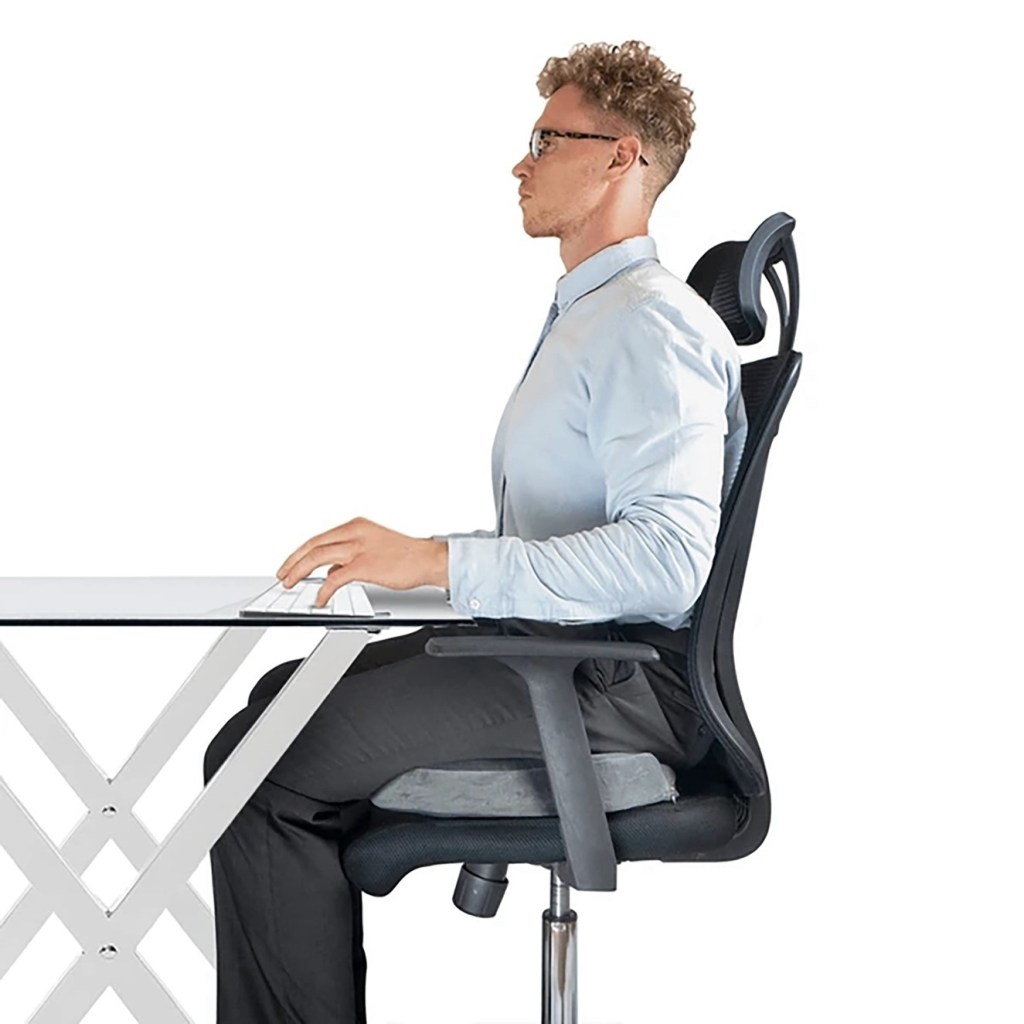
- It must be a seat with an adjustable backrest
- It must provide lumbar support, allowing the spine to easily move backwards
- It should be mounted on 5 branches with wheels.
- The armrests should be at elbow height.
- When your work chair is not adjustable in height, a footrest will help. This works especially for shorter people who need support for their feet.
Schedule breaks
If you’re engaged in hobbies like reading sewing, or laying out your scrapbook, avoid looking down for a long time without a break.
Remember to keep changing your position and stretch in the opposite direction about every 20 minutes. You could even attempt a half-kneel pose or squat when gardening or cleaning.
Store objects within reach
When storing or removing everyday lightweight and frequently used objects from your cabinets or shelves, ensure the height is between the mid-thigh and shoulders.
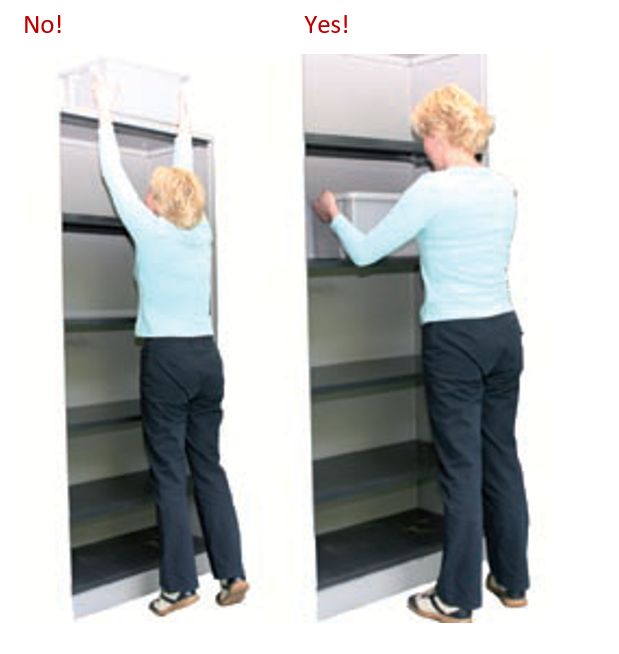
How to tie your shoelaces
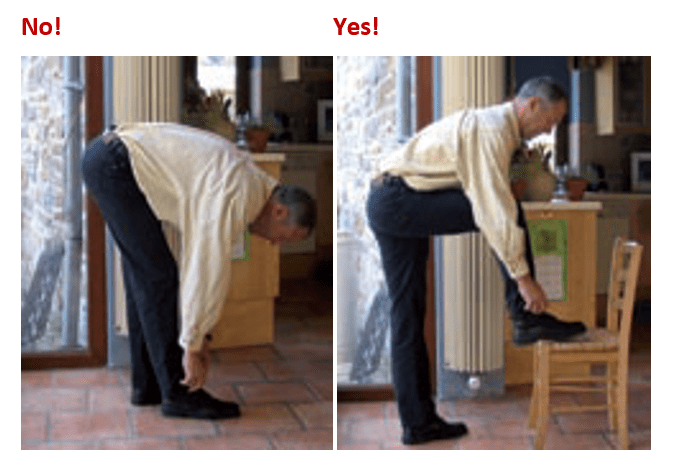
How to take items from the fridge
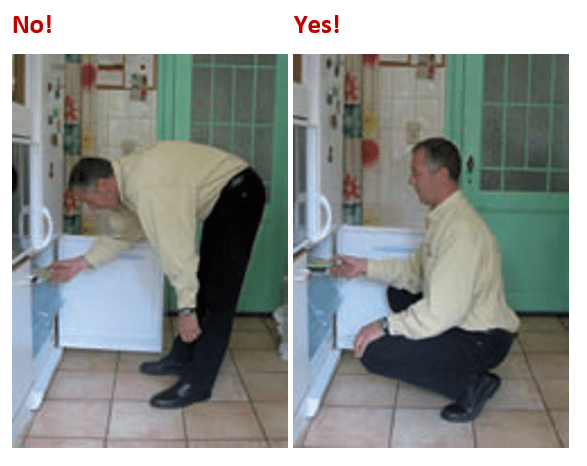
Stretch regularly
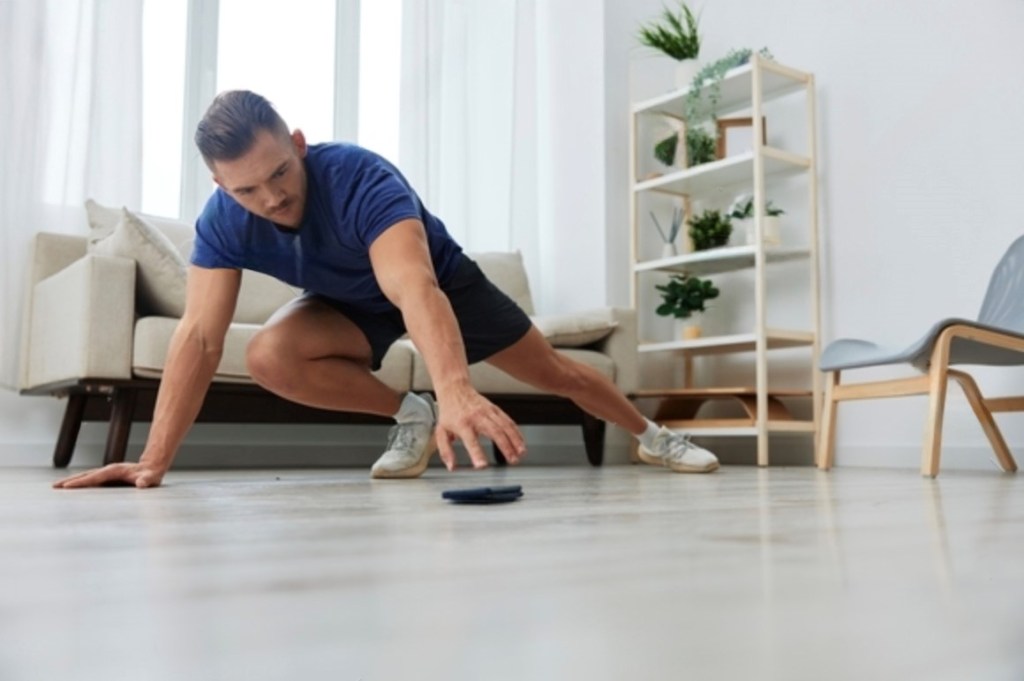
This leads to a good posture that you can keep doing with little effort. Try these stretching exercises at home or at your desk, 10 times alternatively:
- Shoulder rolls, backward
- Shoulder blade squeeze
- Tucking your chin in
- Tucking your chin in and stretching your head back
- Turning your head over your shoulders
- Standing back-bend stretch
Exercise and aquatic therapy

To sleep or not to sleep
When sleeping, always choose sleeping positions that reduce stress on your back. Place a pillow under your knees when lying on your back, or between your legs when lying on your side.
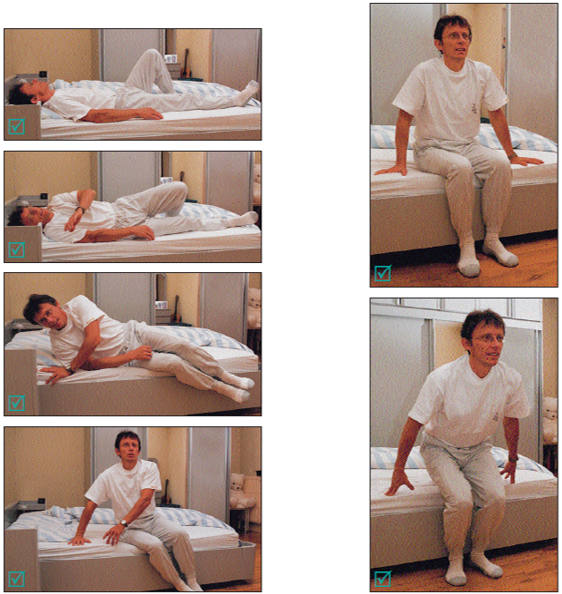
Here are the best wake-up poses you need to keep in mind
Then again, bed rest, which used to be a staple recommendation by the doctors for relieving your back pain, may actually end up doing you more harm than good and might eventally cause chronic back pain, so it’s always important to check this with your doctor.
Strengthening both your abdominal and back muscles help to stablilize your spine and one way to build those core muscles is to practice Pilates exercises. You can always talk to our team of orthopaedicians at HealthHub Clinics who can run you through the right set of exercises to help you prevent any back injury.
Exercises to help relieve your back pain
Gentle stretches and easy exercises can help ease back pain and prevent future problems.
Here are what we would call ‘natural exercise steps’ that require no special equipment and can be performed anywhere from where you can access an area of open floor. You could also opt for a yoga mat or a gentle mattress, should you want to avoid a cold floor.
Bridge exercises for back pain
- Lie on the ground with your feet flat on the floor, and legs slightly apart.
- With your hands by your sides, press your feet into the floor and slowly lift your buttocks off the ground. Your body should be in one straight line, while keeping your shoulders on the floor.
- Lower your body down and rest for a minute, then repeat 15 times in a set of 3.
- Next, lie on your stomach. Stretch your arms above your head and lengthen your legs straight behind you.
- Slowly lift your hands and feet off the ground. Start about 6 inches off the ground and go higher as you feel comfortable.
- Push through your belly button to lift your legs and arms off the ground, and stop when you feel your lower back contract. To prevent neck strain, keep your head down, looking at the ground.
- Hold your stretched posture for up to 3 seconds.
- Return to your neutral/normal pose and relax your muscles.
- Make sure to repeat this stretch 10 to 12 times.

Lumbar proprioception helps you to
- Develop and maintain the ability to feel and react from your back.
- Guarantee better lumbar stabilization by allowing earlier activation of local muscles.
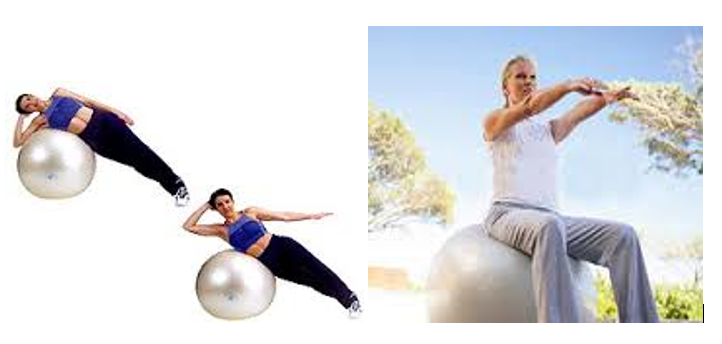
Heat and ice therapy
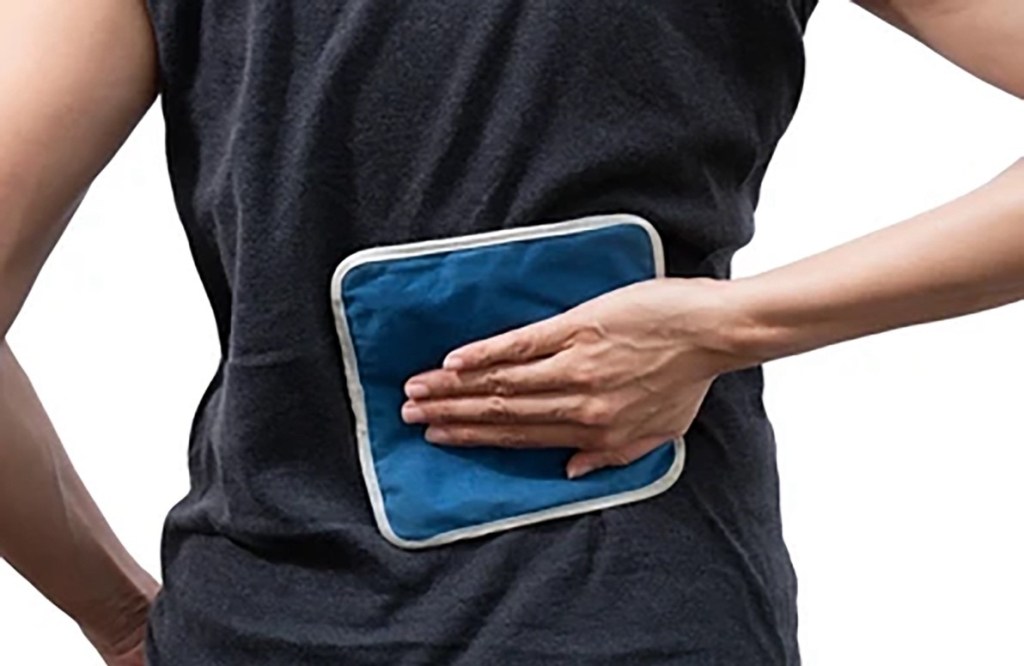
These are what could be called as ‘temperature exercises’ that could have an impact on your muscles (after all our muscles do respond to extreme swings of temperature by expanding and contracting). You are most likely to try this method if you are an athlete, as muscular sprains and spasms are common.
Ice packs can help relieve discomfort by numbing the pain and offering relief. What you need to pay caution to however, is not to apply the ice pack directly to your skin as it could cause a sudden skin reaction or damage. Instead, make sure to wrap the ice pack in a thin towel or gauze. Warm compresses also help to relieve pain when the inflammation has gone down, so make sure to consider switching between heat and cold.
The healing power of Yoga
One of the best ways to remove the stress that tightens your muscles is to rely on the gentle and proven art of yoga exercises.
It helps you achieve flexibility, strength and a sense of balance.
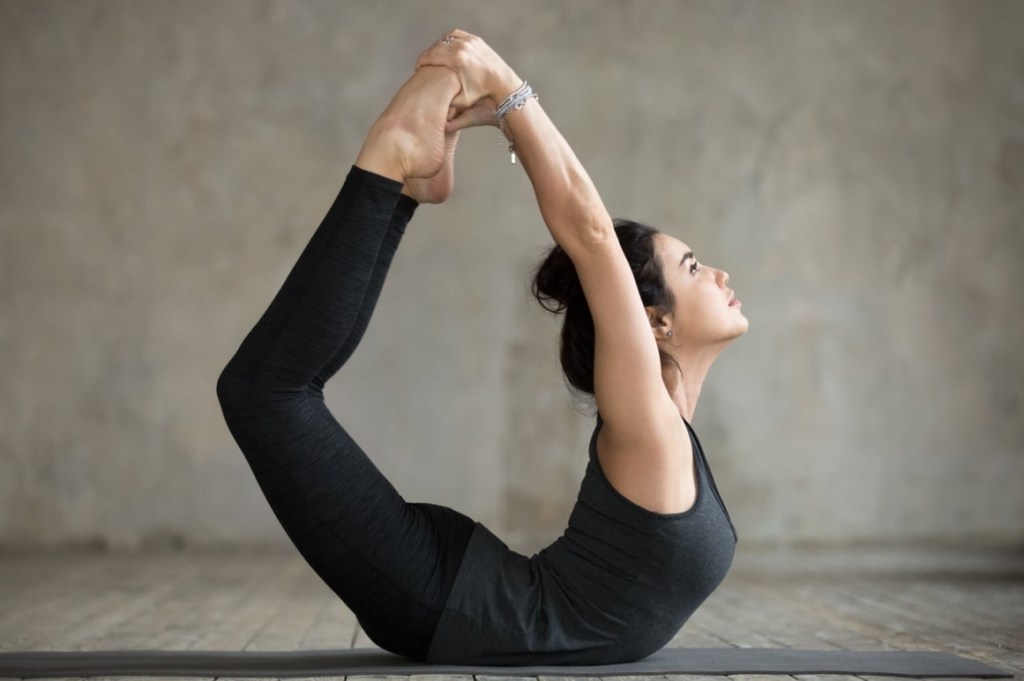
Physical therapy
Physical therapy (PT) is another proven approach to help you manage or prevent injuries or disabilities. You can talk to our physiotherapists at HealthHub Clinics to know more about PT which helps relieve pain, promote healing, and restore function and movement.
The active physical therapy approach involves movement-based activities, such as stretching and range-of-motion exercises, pain-relief exercises, muscle strengthening sessions and low-impact aerobic conditioning.
Clinical assessment at HealthHub Clinics
Our ortho experts will run you through a clinical assessment that would include examination of spine balance, and posture and foot and shoes. You may also need additional investigations in case of persistent or recurrent pain that would include blood test, X Ray, CT, and MRI. If the pain is persistent, then other procedures could be used which would include physiotherapy, trigger point injection, dry needling, sacro-iliac joint injection and epidural injection.
Muscular pain and joint stiffness isnt always restricted to your back. You might feel unexplained pain in your arms which could be classified as ‘tennis elbow’, more of which you would find featured in our blog on ‘tennis elbow’.
To know more about what treatment suits you best, book an appointment right away with any of our orthopaedicians at HealthHub Clinics on 8002344.

Article reviewed by:
Dr. Abdellatif Laadhar
Specialist Orthopaedic Surgeon
HealthHub Clinics by Al-Futtaim







